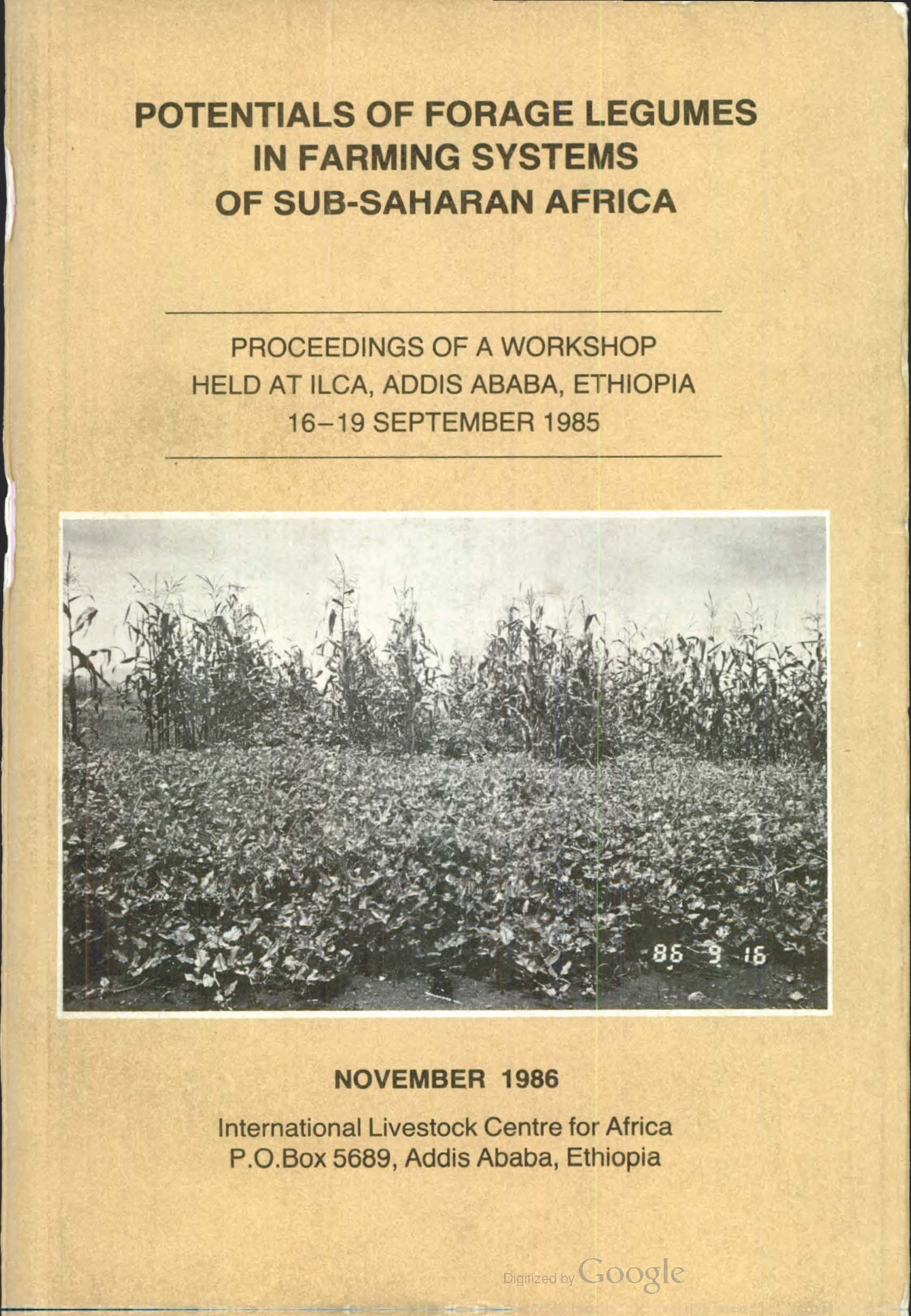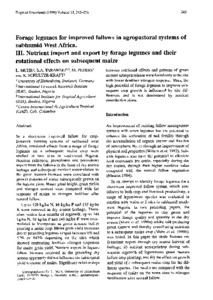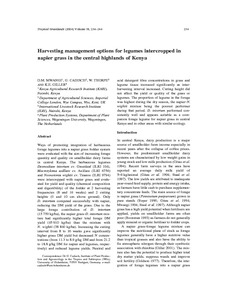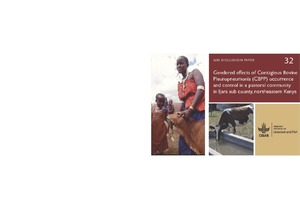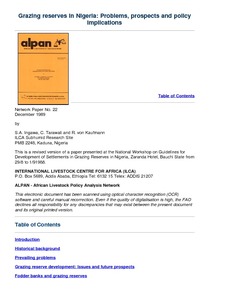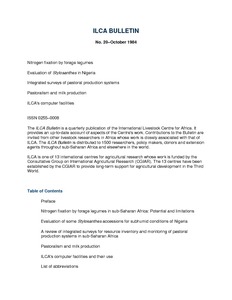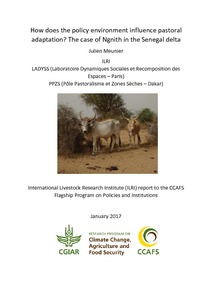Fodder bank: Improving the nutrition of cattle in the subhumid zone of West Africa
ILCA acknowledged the potential for increased animal agriculture in the subhumid zone of West Africa by establishing a research base at Kaduna in northern Nigeria. FulBe agropastoralists were selected at the target group because they own most of the cattle in the zone and cattle are the predominant livestock, at least in terms of biomass and traded products. After consultation with experts, farm surveys, and a simulation analysis, ILCA chose to focus the research on overcoming the dry-season nutrition constraint.


